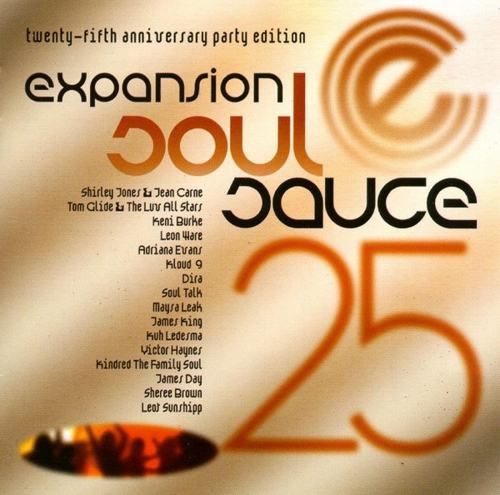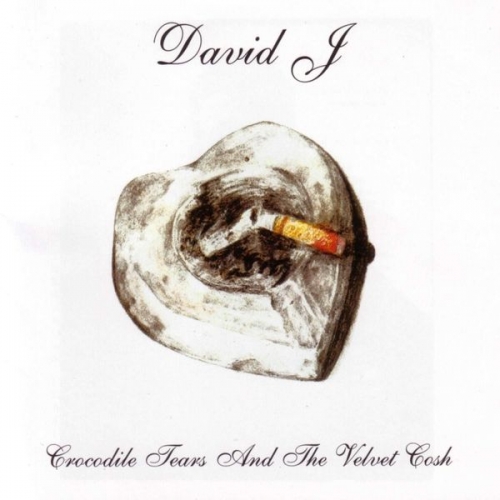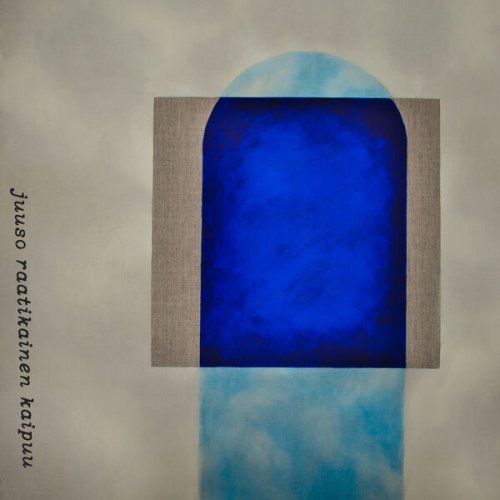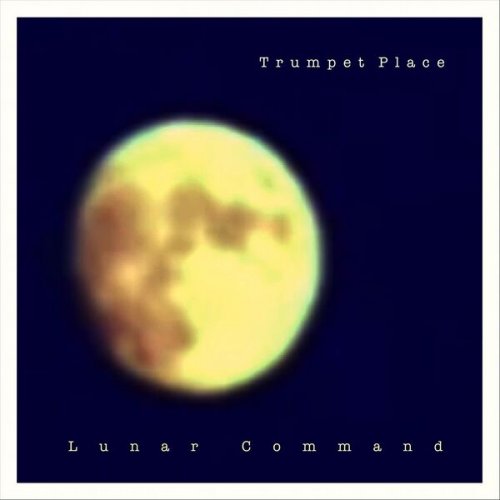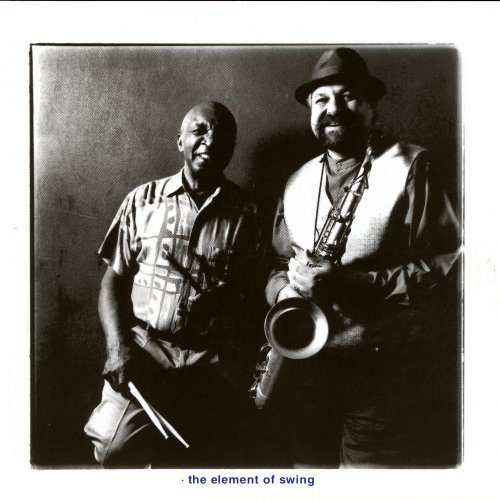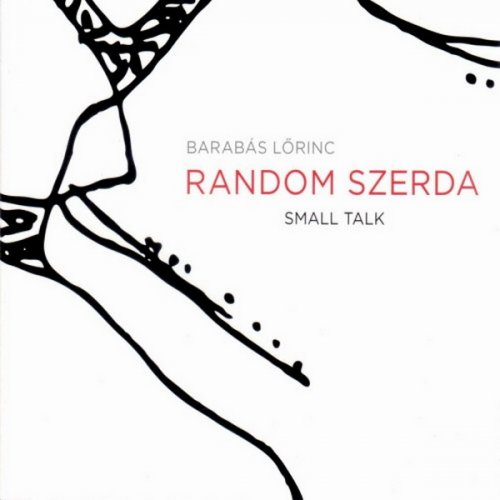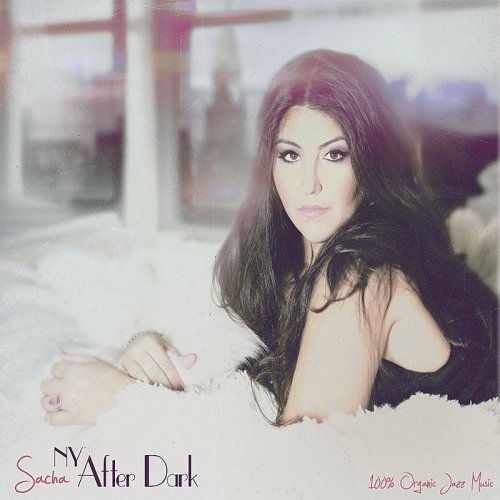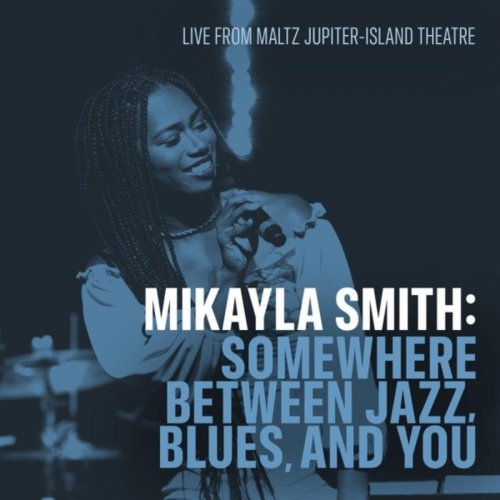Greta Aagre & Erik Honoré - Year of the Bullet (2014) [CD-Rip]
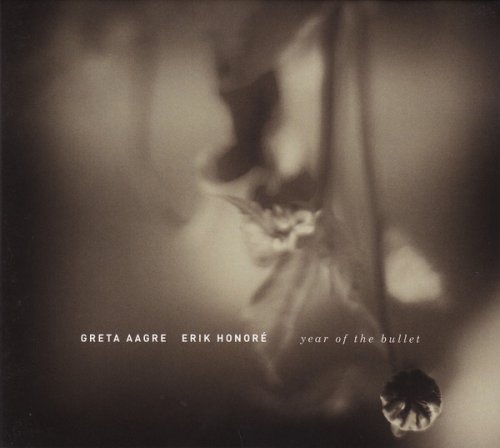
Artist: Greta Aagre, Erik Honoré
Title: Year of the Bullet
Year Of Release: 2014
Label: jazzland recordings
Genre: Jazz
Quality: flac lossless
Total Time: 00:38:55
Total Size: 191 mb
WebSite: Album Preview
TracklistTitle: Year of the Bullet
Year Of Release: 2014
Label: jazzland recordings
Genre: Jazz
Quality: flac lossless
Total Time: 00:38:55
Total Size: 191 mb
WebSite: Album Preview
01. Birth mark
02. Strangeness
03. Rope
04. Before betrayal
05. Via E.
06. Year of the bullet
07. Move to strike
08. Night train
09. Stay the course
10. Stateline
11. Home
Following their two Norwegian releases as Elsewhere, Greta Aagre and Erik Honoré step onto the international stage under their own names with Year of the Bullet - an album of multilayered writing, gentle lyricism and moody soundscapes that has already caught the attention of international names like David Sylvian, who contributed essential advice during the final stages of the recording process.
Honoré's relationship with Sylvian dates back, in fact, to the British avant-songsmith's 2002 compilation Camphor, on which the producer/songwriter remixed "Mother and Child," in collaboration with live sampler and long-time friend/musical partner Jan Bang. Honoré was also a more extensive partner (again with Bang) on Sylvian's Died in the Wool (2011), and has worked with other internationally known Norwegian artists including trumpeters Arve Henriksen and Nils Petter Molvær, singer Sidsel Endresen, pianist Christian Wallumrød, and, under the moniker Humcrush, keyboardist Ståle Storløkken and percussionist Thomas Strønen. But it's Honoré's work with Bang as the creative force behind the annual Punkt Festival - the eight year-old Live Remix event - that has, in addition to Sylvian, placed these two musical innovators firmly onto the radars of artists like Jon Hassell, John Paul Jones and Brian Eno.
The spirits of Sylvian and Eno may, indeed, loom over Year of the Bullet, but the album speaks with its own voice, a combination of Aagre's warm, articulate and deeply expressive voice - capable of fragile vulnerability and unbridled power - and Honoré's sample-driven electronic landscaping. And Year of the Bullet clearly reflects Honoré's ongoing work as co-Artistic Director of Punkt. "Punkt has mainly provided the craft: the knowledge or skill of working intuitively and swiftly with electronic instruments and samplers, and hopefully doing it with taste, which to a large extent means making the right choices," explains Honoré. "I believe Greta and I have had the singer/songwriter bit in us from way back, but the arrangements on this record needed the craft that the whole Punkt experience has taught us.
"That process has a lot to do with intuition," Honoré continues, "and musical intuition isnt necessarily more mystical than a combination of experience and ear: to be able to determine what samples go well together; what sounds have different functions musically; what combinations of frequencies are needed to produce a full sound. Sometimes it is a conscious search, where we need a sample that can assume the function of a bass, a hi-hat, a shaker, a specific chord, or evoke this or that atmosphere or emotion; and sometimes it is more like throwing ideas at the canvas, into the mix, and then editing them into shape. Very much like doing the live remixes."
Born in the United States to Norwegian parents, Aagre grew up in Grimstad near Kristiansand, where she met Honoré when both were active in the local music scene of the 1980s/90s. In addition to contributing to various albums as a singer, Aagre has been active in bands, cabarets and other stage work, with her interpretations of Belgian singer/songwriter Jacques Brel's music garnering particular acclaim. Since moving to Oslo, where she studied music therapy at the Music Academy, Aagre continues to work in that field in the Norwegian capital, focusing on therapeutic improvisation. All of these experiences coalesce on Year of the Bullet, where her subtle yet broadly expressive voice is fundamental to songs ranging from the folk-like "Rope" to the ambient-pop of "Stateline," in addition to co-composing the brooding opener, "Birth Mark," and the propulsive yet somehow gentle electro-pop of "Stay the Course," together with Honoré.
Honoré - a published novelist who has composed the majority of Year of the Bullet's music and all its lyrics - has honed a seamless vernacular and working process with Aagre that underscores the organic integration of acoustic instrumentation with Year of the Bullet's more electro-centric audioscapes. "Greta and I have found a way to truly collaborate and co-produce, instead of dividing tasks between us," says Honoré. "Weve developed a language that enables us to bounce ideas off one another and critique the other persons contributions, and that has been very helpful to the whole process."
More than heard, that language can be felt throughout Year of the Bullet, on a series of eleven songs made in one of two ways, as Honoré explains: "One being the more traditional method of starting with guitar or synth, melody/voice and lyrics, and then arranging with samples and other instrumentation around that foundation. The other method was to start with samples and construct songs from there."
The album's samples come from a multiplicity of location, times and events. "Much of the album is based on samples from travels," Honoré explains. "Sometimes very concrete and recognizable: an old piano recorded in an apartment in Rome; the sound of an approaching subway train in New York; the humming sub-drone of a bridge in Lisbon; an airy atmosphere from the church in Florence, where Dante supposedly met Beatrice. But, more often, the samples are just tiny fragments made unrecognizable because they are so short - or treated so that they blend with the other instruments."
In addition to performances and/or samples by Arve Henriksen, Jan Bang, guitarist Jørgen Rief, percussionist Tom Rudi Torjussen and backing vocalist Greg Williamsburg, Japanese composer Dai Fujikura's 2011 Punkt performance in Kristiansand has been liberally sampled for three tracks: "Birth Mark," the dark-hued title track and the lyrically hard-edged but sonically soft-textured "Move to Strike." "When we asked him for permission to use them, he liked the way they sounded but didnt recognize where they were from, since theyre made up from short fragments that are combined and pitched, stretched, etc. Actually, he didnt even hear that it was 'him' on one of the tracks. And now I dont remember either," says Honoré with a chuckle.
The result is an album of orchestral richness, albeit sourced from the most unexpected of places. And if the Oslo tragedy of July 22, 2011 might seem to be an obvious reference point for Year of the Bullet, its subject matter comes, in fact, from something else altogether . "There is no direct connection, other than the fact that the title and that specific lyric took on a new meaning after 22/7," says Honoré. "The song was written and the album title decided long before the events of 2011. 'Years of the bullet' (or the years of lead) is an Italian expression describing the years of violence and terrorism in the 1970s, and is also the title of a movie, by German director Magarethe von Trotta, dealing with these times. Since then, it has become a more general term for 'the hard years,' and that was my motivation in using the expression. "
"The language on the record has some connection to the language that has surrounded us while I wrote the lyrics," Honoré continues. "There are quite a few harsh terms on the record in addition to the 'bullet' of the title track; 'Stay the Course' and some other phrases were taken directly from speeches by George Bush and other war romantics. I had an idea, at some point, to try to make something beautiful or at least different out of that type of 'war and heroism' language."
It's an objective which Honoré meets head-on, and with great success. Terms like "rope," "betrayal," "rut," "violence" and "schemes" may pepper the songs on Year of the Bullet, but the music that drives it is full of round surfaces, warm textures and unfailingly lyrical constituents. Honoré's cloud-like samples and those of trumpeter Arve Henriksen lift tracks like "Before Betrayal" - and the entire record - into an ethereal space where an old piano in Rome can provide as much grist for composition as the droning sound of a bridge. "When we travel and carry around digital recorders like other travelers carry cameras," Honoré says, "we often search quite consciously for samples that can be used in a musical context. Like with photography, theres a lot of choosing and editing and treatments afterwards, of course. The point isnt the sound itself, it is what function it has, from the very practical (a rhythmic function, for instance) to the very abstract - or even an emotional impact. "
And Year of the Bullet makes an emotional impact, from Honoré's lyrics and Aagre's delivery to designer/artist Chris Bigg and photographer Luís Filipe Cunhas evocative cover art. "The aim was to make music that was an organic mix of ingredients," says Honoré, "a seamless blend of our singer/songwriter tendencies with its more electronic instrumental surroundings."
There may, indeed, be paradoxes, contrasts and dichotomies in Year of the Bullet's subject matter and overall aural landscape, but it's clear that if there's one lesson that Aagre and Honoré have learned from their stylistically far-reaching and multidisciplinary careers - and, in particular, from Honoré's ongoing involvement with Punkt - it's that confluence defines the best music. Its myriad concepts and multilayered musical constructs defy easy categorization, and yet - like the most complex jigsaw puzzle that ultimately yields a simple but profound truth - it's that very confluence that gives Year of the Bullet its fresh perspective, Jungian familiarity and unfailing appeal.
